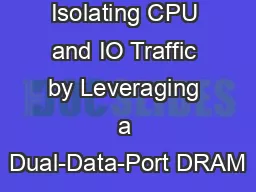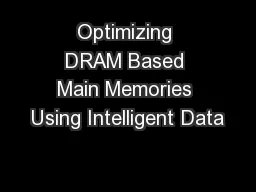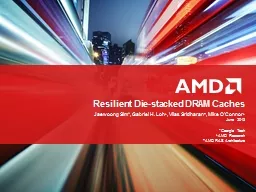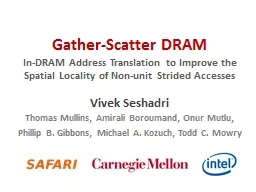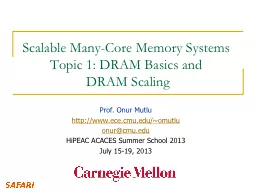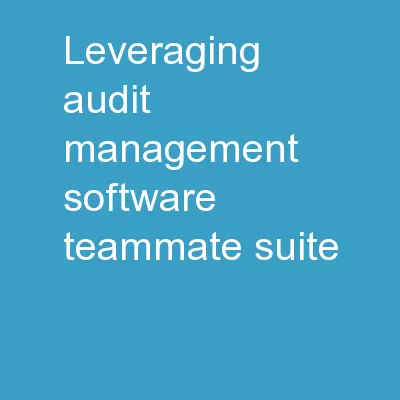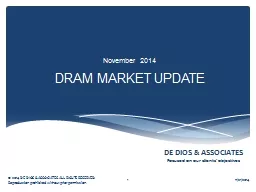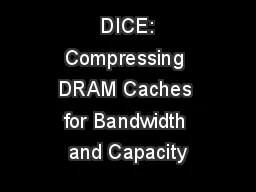PPT-Isolating CPU and IO Traffic by Leveraging a Dual-Data-Port DRAM
Author : olivia-moreira | Published Date : 2018-09-30
Donghyuk Lee Lavanya Subramanian Rachata Ausavarungnirun Jongmoo Choi Onur Mutlu Decoupled Direct Memory Access processor Logical System Organization
Presentation Embed Code
Download Presentation
Download Presentation The PPT/PDF document "Isolating CPU and IO Traffic by Leveragi..." is the property of its rightful owner. Permission is granted to download and print the materials on this website for personal, non-commercial use only, and to display it on your personal computer provided you do not modify the materials and that you retain all copyright notices contained in the materials. By downloading content from our website, you accept the terms of this agreement.
Isolating CPU and IO Traffic by Leveraging a Dual-Data-Port DRAM: Transcript
Download Rules Of Document
"Isolating CPU and IO Traffic by Leveraging a Dual-Data-Port DRAM"The content belongs to its owner. You may download and print it for personal use, without modification, and keep all copyright notices. By downloading, you agree to these terms.
Related Documents

